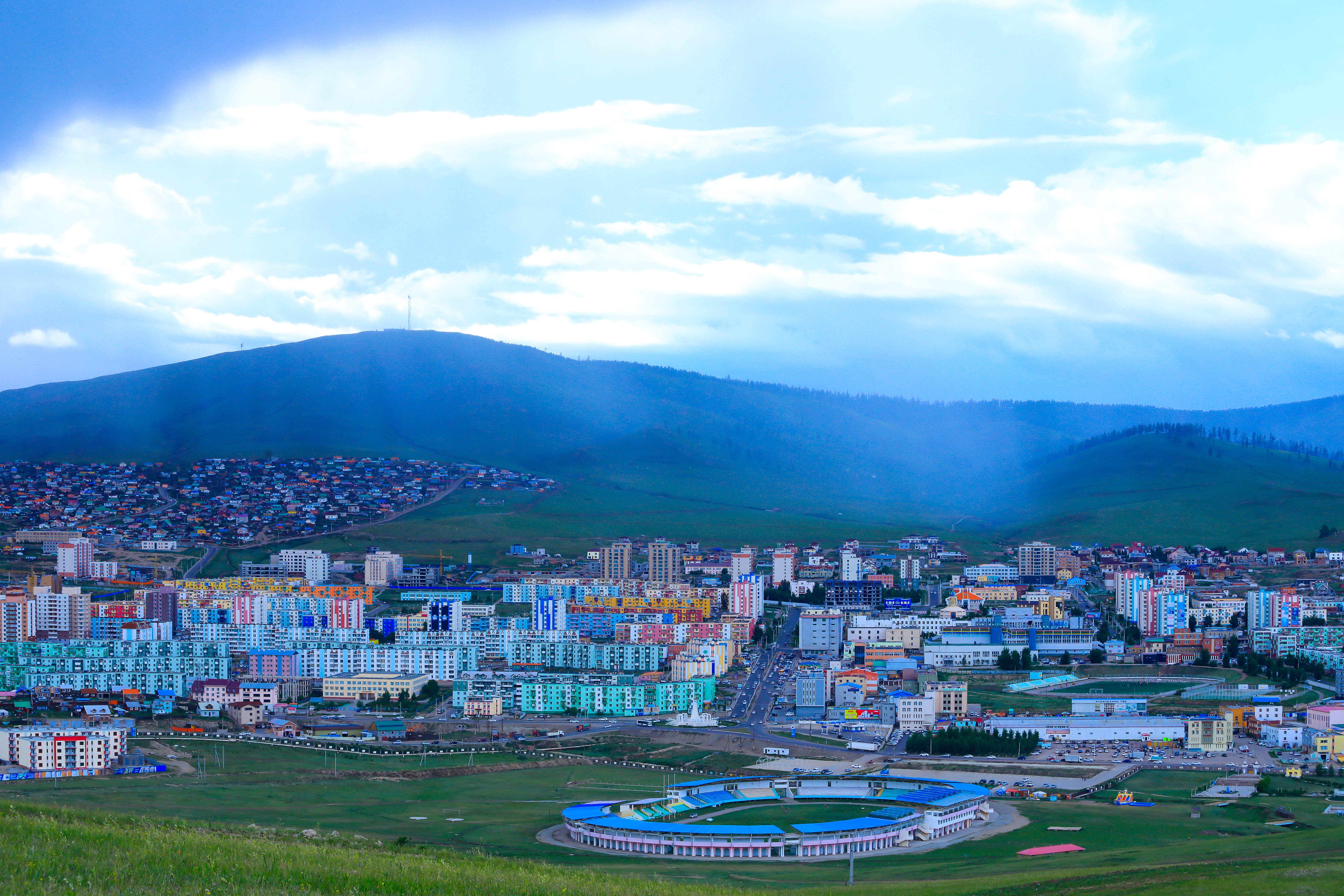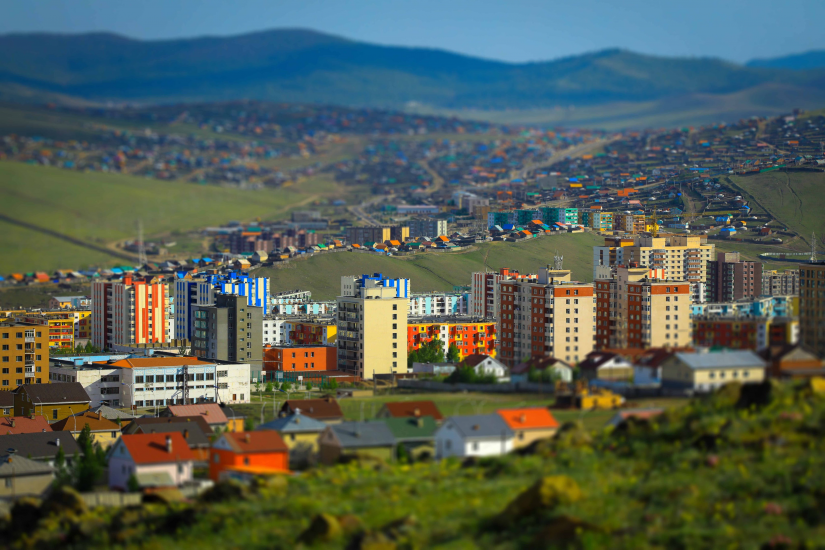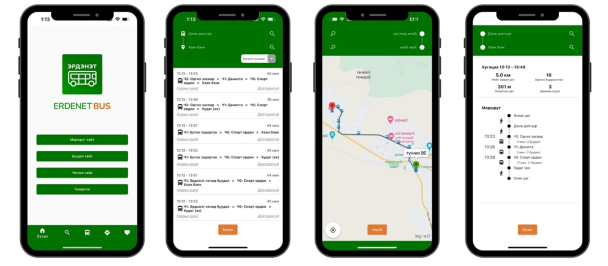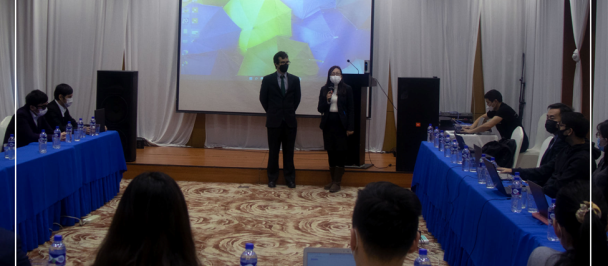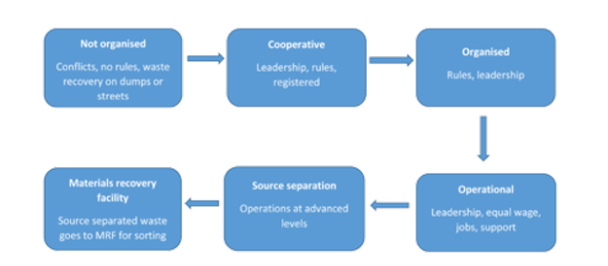МОНЦАМЭ
Written by: UNDP Mongolia's Accelerator Lab Team
Mongolia has experienced rapid urbanization in the past two decades, where now more than half of the population lives in urban areas. The third biggest city Erdenet aims to become a smart city, and UNDP Mongolia Accelerator Lab is supporting this effort in waste management and urban mobility fields.
Erdenet has a little over 100,000 residents, and it is grappling with serious waste and transportation issues. More than half of the population resides in a semi-informal residential neighborhood with no centralized infrastructure, and on average it takes 70-80 days to collect waste from these households. Half of the bus fleet is too old for the transportation standard. How could this small mining town in Mongolia become a smart city? Could technology solve its deeply rooted problems? As challenging and skeptical as it sounds, there are clear benefits for Erdenet.
Since the beginning of urbanization, the cities are leveraging limited natural resources effectively to support concentration people often testing and integrating modern technologies along the way. The idea of Smart City was popularized in early 2010 and is considered as the next phase of urban development. The goal of Smart City is to improve urban conditions with the use of Information and Communication Technology (ICT). With ever-increasing urbanization, climate change threats, and emerging technological advancements, the need for smarter cities became evident.
Usually, 2 kinds of cities are developed as smart: a brand-new city full of high-tech solutions (Songdo in South Korea and Masdar in the United Arab Emirates), or an affluent city in a developed country upgrading itself with ICT (Singapore and London in the United Kingdom). Where do small cities in a developing country fit in this picture? Interestingly, there are clear benefits to employing technology in developing country cities. In addition to the usual optimization and accuracy, the smart city approach could provide the following 3 distinct advantages.
Potential to leapfrog (latecomer advantage):
To make life easy for residents, cities spent a huge amount of investment on developing complete infrastructure systems. The established cities are not so keen on employing the newest technology and rehauling their entire systems because it would mean further investment and service interruptions. In comparison, poor urban areas usually have incomplete or subpar infrastructure systems, which benefits from employing the newest technology. With most of the growth occurring in the urban areas of low- and middle-income countries in Latin America, Asia, and Africa, it makes sense to invest in their urban technology.
Evidence-driven planning and decision making:
The major problems developing cities face is the lack of evidence-driven planning and decision-making. These cities have been struggling to collect, process, and systematically analyze data as it is costly, labor and time-intensive, and excessively technical. Smart city technologies offer an opportunity to gather a huge amount of data daily at a low cost with low effort. With proper management and application of new data, cities could learn to plan and design their services based on evidence. For instance, Erdenet public transportation currently does not have an electronic payment system, which hinders city officials from understanding the passengers' travel behavior. With the new electronic card introduction, they could easily understand travel patterns as well as capturing transactions more effectively.
Greater transparency and public participation:
Due to the large influx of migrants and lack of transparent and accountable governance, emerging cities have limited community building and engagement processes in urban development. Traditional public hearings and discussions are inaccessible to most of the population and require significant efforts from the government. However, smart technologies that enable easy communication could prove to be a catalyst. Urban governments could distribute their information digitally as well as getting online feedback from the residents. 2 our 3 of Mongolians actively use social media, which indicates a huge potential to engage and build communities digitally.
It is challenging to introduce smart technologies in developing cities. But the potential to make a drastic change is real. Accelerator Lab at UNDP will support Erdenet city to identify its strengths and weaknesses for smart solutions and incorporate technology systematically and incrementally. We will make sure tech investment is addressing an actual problem, strengthening weaknesses in the systems, informing the decision-making, and enabling transparency and inclusion. We truly believe Erdenet city with its small population and willingness to embrace technology could create its own version of smart city.

 Locations
Locations